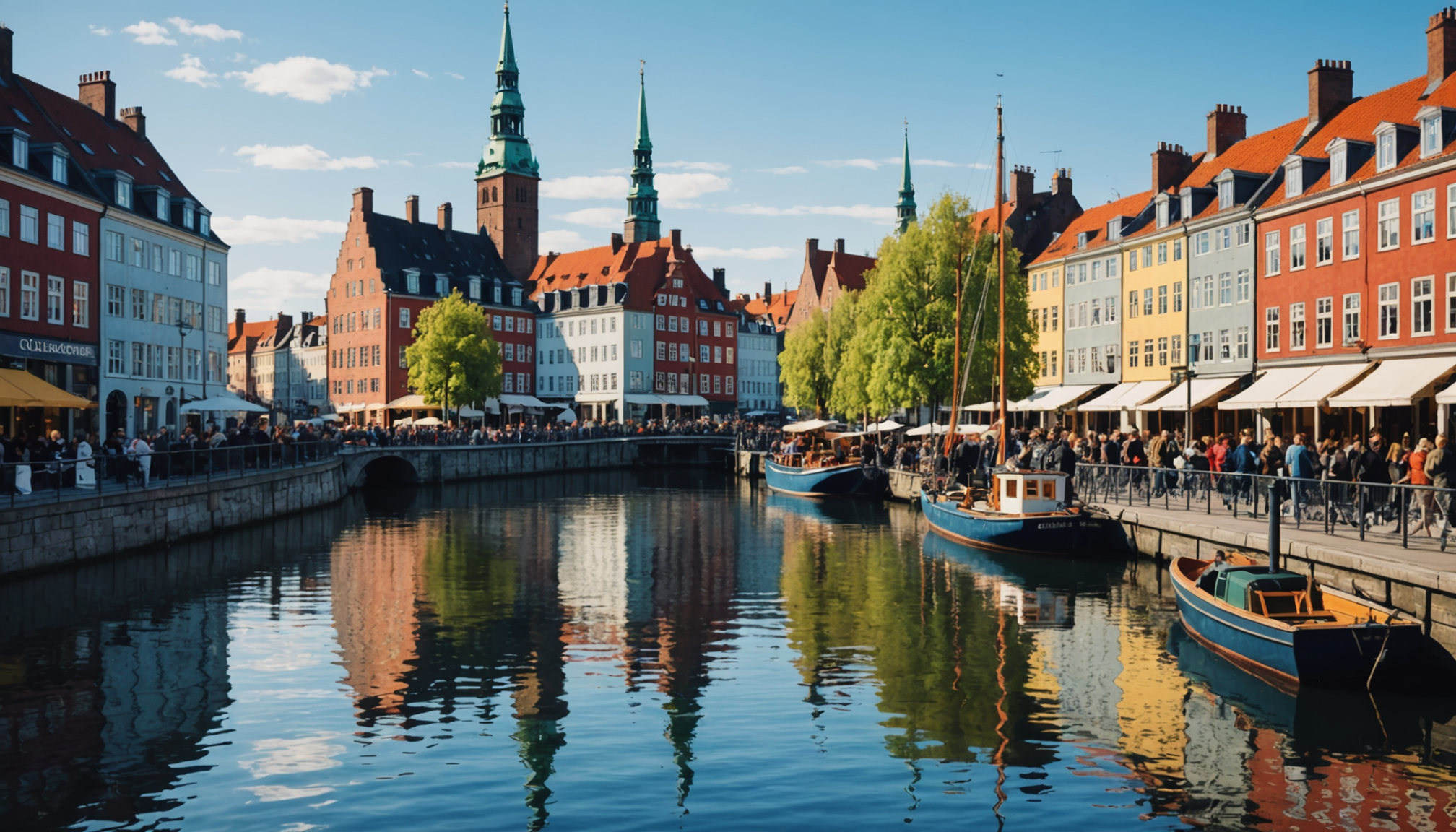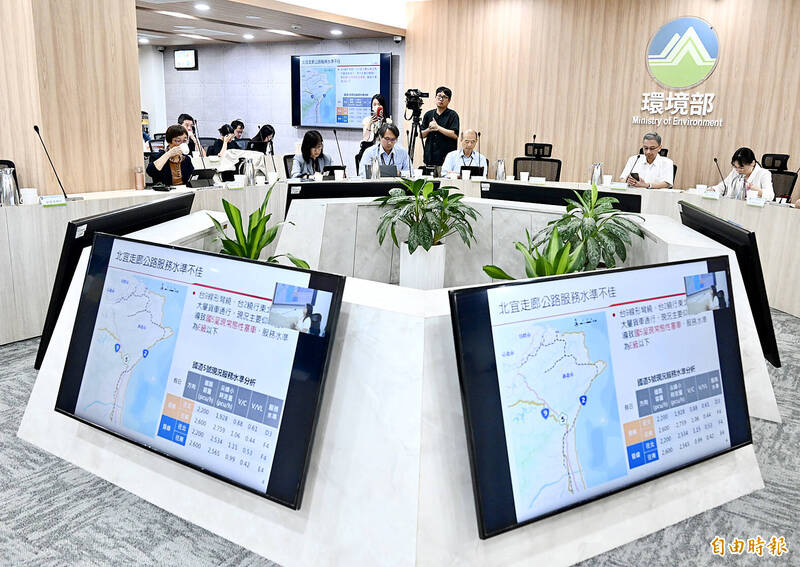
Copenhagen Advances Sustainable Tourism through CopenPay Initiative
Introduction
On Tuesday, June 24, 2025, Copenhagen, Denmark’s capital renowned for innovation and sustainability, further advanced its commitment to sustainable tourism with the expansion of the CopenPay initiative. This program aligns closely with the United Nations Sustainable Development Goals (SDGs), particularly SDG 11 (Sustainable Cities and Communities), SDG 12 (Responsible Consumption and Production), and SDG 13 (Climate Action).
CopenPay 2024: Pioneering Sustainable Travel
Launched in 2024, CopenPay was a pilot project designed to incentivize sustainable travel behaviors by rewarding visitors for eco-friendly actions. Key features and outcomes included:
- Visitors earned rewards such as free cultural experiences and access to local attractions by making sustainable choices.
- Bicycle rentals increased by 29%, promoting low-carbon transportation (SDG 13).
- Significant community engagement was demonstrated by litter collection efforts, supporting SDG 11.
- 98% of participants expressed willingness to recommend the program, indicating strong social acceptance.
The success of this pilot laid the foundation for a more ambitious rollout in 2025.
CopenPay 2025: Expansion and Enhanced Sustainability Goals
The 2025 iteration of CopenPay has expanded substantially, reflecting Copenhagen’s dedication to sustainable urban tourism:
- Scale: More than tripled in size with 100 participating attractions, including the National Museum, Kronborg Castle, and Copenhill.
- Duration: Extended to 9 weeks (June 17 to August 17), allowing prolonged engagement.
- SDG Alignment: Supports SDG 8 (Decent Work and Economic Growth) by promoting sustainable tourism industries.
Innovations in Sustainable Travel Incentives
New features in 2025 emphasize reducing tourism’s carbon footprint, directly supporting SDG 13:
- Eco-friendly Arrival Rewards: Visitors arriving by train, electric car, or using Sustainable Aviation Fuel (SAF) receive perks such as free bike rentals, yoga sessions, and discounted attraction entries.
- Promotion of Sustainable Transport: Encourages use of low-emission travel modes, reducing greenhouse gas emissions.
Encouraging Longer Stays to Minimize Environmental Impact
CopenPay incentivizes longer visitor stays to reduce frequent short trips that increase emissions, aligning with SDG 12 and SDG 13:
- Visitors staying four days or more receive benefits such as free bike rentals and vegetarian meals, promoting sustainable consumption.
- This approach supports SDG 3 (Good Health and Well-being) by encouraging active, healthy travel choices.
Søren Tegen Pedersen, CEO of Wonderful Copenhagen, emphasized the importance of transportation in tourism’s climate impact and encouraged train travel and longer stays.
Vision and Global Impact
CopenPay exemplifies Copenhagen’s leadership in sustainable urban development and tourism, contributing to multiple SDGs by:
- Transforming tourism from an environmental burden into a catalyst for positive change (SDG 13).
- Raising traveler awareness about environmental impacts and promoting responsible tourism (SDG 12).
- Providing a replicable model for cities worldwide to integrate sustainability into tourism strategies (SDG 17 – Partnerships for the Goals).
Lessons for Other Cities
Copenhagen’s approach offers valuable insights for global destinations aiming to enhance sustainable tourism:
- Incentivize eco-friendly traveler behaviors through rewards and partnerships with local businesses.
- Encourage longer stays to reduce carbon emissions associated with frequent travel.
- Collaborate across sectors to embed sustainability into the tourism experience.
Conclusion
The CopenPay program in 2025 stands as a leading example of how sustainable tourism can be both engaging and impactful. By integrating SDGs into its framework, Copenhagen is setting a global standard for responsible travel that benefits visitors, local communities, and the environment. The program’s success is expected to inspire similar initiatives worldwide, advancing the global agenda for sustainable development.
References
- Wonderful Copenhagen Official Website
1. Sustainable Development Goals (SDGs) Addressed or Connected
- SDG 11: Sustainable Cities and Communities
- The article discusses Copenhagen’s efforts to promote sustainable urban tourism and reduce the environmental impact of visitors, aligning with SDG 11’s focus on making cities inclusive, safe, resilient, and sustainable.
- SDG 12: Responsible Consumption and Production
- CopenPay encourages sustainable travel choices and responsible consumption by rewarding eco-friendly transportation and longer stays, supporting SDG 12’s aim to ensure sustainable consumption patterns.
- SDG 13: Climate Action
- The initiative’s emphasis on reducing carbon footprints through sustainable transport options and longer stays directly supports SDG 13’s goal to combat climate change and its impacts.
- SDG 8: Decent Work and Economic Growth
- The program promotes sustainable tourism, which contributes to economic growth while ensuring environmental sustainability, aligning with SDG 8.
2. Specific Targets Under Those SDGs Identified
- SDG 11: Target 11.4
- Strengthen efforts to protect and safeguard the world’s cultural and natural heritage, as seen in the inclusion of cultural sites like the National Museum and Kronborg Castle in the CopenPay program.
- SDG 11: Target 11.6
- Reduce the adverse per capita environmental impact of cities, including by paying special attention to air quality and municipal waste management, reflected in litter collection and promotion of green transport.
- SDG 12: Target 12.8
- Ensure that people have the relevant information and awareness for sustainable development and lifestyles in harmony with nature, demonstrated by raising traveler awareness through CopenPay.
- SDG 13: Target 13.2
- Integrate climate change measures into national policies, strategies, and planning, mirrored in Copenhagen’s promotion of sustainable travel and carbon footprint reduction.
- SDG 8: Target 8.9
- Develop and implement policies to promote sustainable tourism that creates jobs and promotes local culture and products, as exemplified by CopenPay’s collaboration with local attractions and businesses.
3. Indicators Mentioned or Implied to Measure Progress
- Indicator for SDG 11.6:
- Reduction in litter and waste collected from city streets (implied by the tons of litter collected reported during CopenPay 2024).
- Indicator for SDG 11.4:
- Number of cultural and natural heritage sites participating in sustainable tourism programs (e.g., National Museum, Kronborg Castle, National Gallery).
- Indicator for SDG 12.8:
- Percentage of participants expressing intent to recommend or continue sustainable travel practices (98% participant recommendation rate reported).
- Indicator for SDG 13.2:
- Increase in use of sustainable transportation modes such as bicycle rentals (29% surge reported), train arrivals, electric cars, and Sustainable Aviation Fuel (SAF) usage.
- Indicator for SDG 8.9:
- Number of local businesses and attractions participating in sustainable tourism initiatives (100 attractions in 2025).
- Duration of tourist stays incentivized (e.g., benefits for stays of four days or more).
4. Table: SDGs, Targets and Indicators
| SDGs | Targets | Indicators |
|---|---|---|
| SDG 11: Sustainable Cities and Communities |
|
|
| SDG 12: Responsible Consumption and Production |
|
|
| SDG 13: Climate Action |
|
|
| SDG 8: Decent Work and Economic Growth |
|
|
Source: travelandtourworld.com






